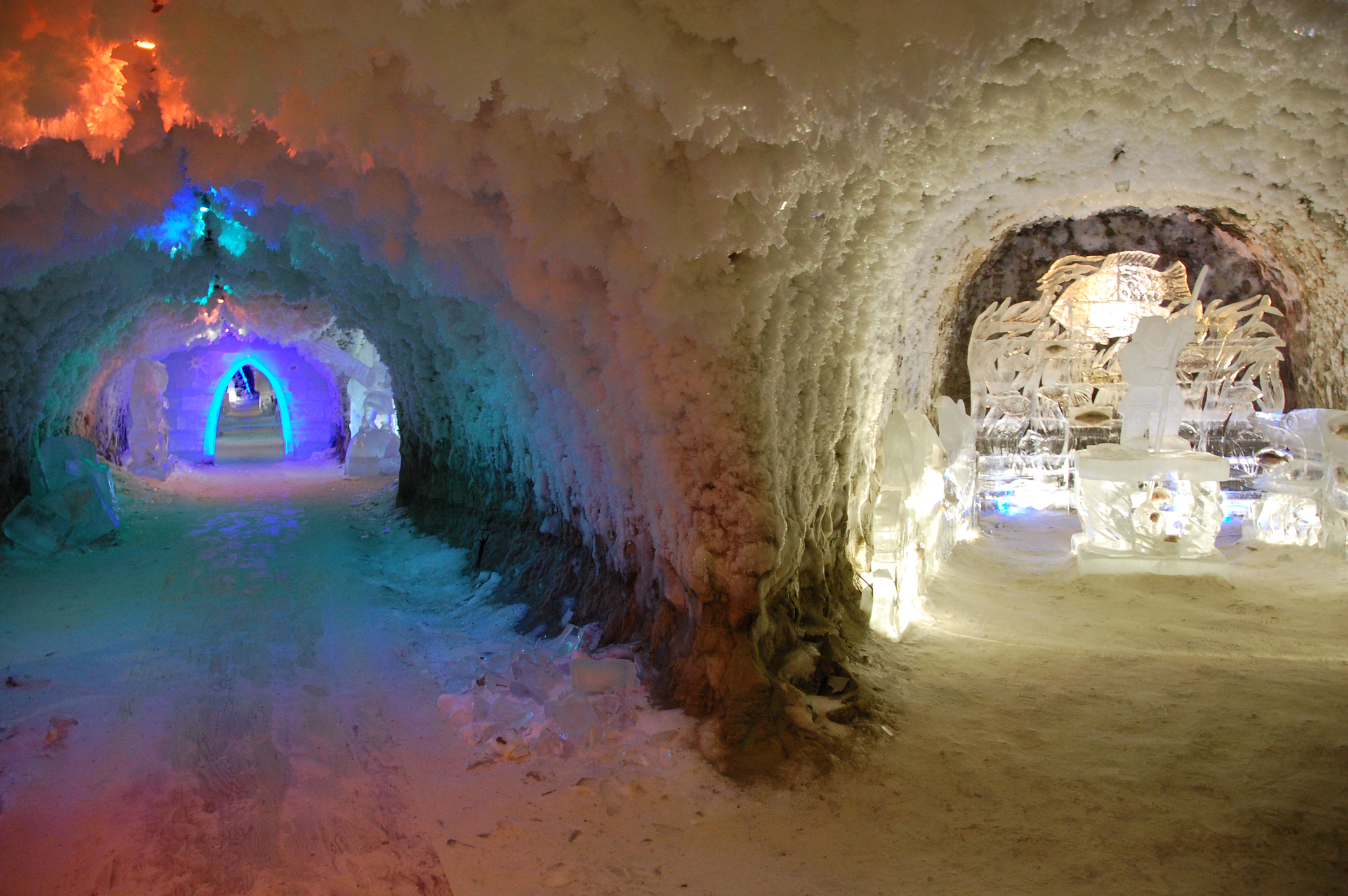Arctic Warming: A Looming Threat to Global Climate Stability

Understanding Arctic Warming
The increasing temperatures in the Arctic signal troubling trends in climate change. This region is warming significantly faster than the rest of the globe, which has profound implications.
The Impact of Thawing Permafrost
- Permafrost thaw releases large amounts of greenhouse gases, contributing to climate change.
- As the permafrost melts, it disrupts local ecosystems and releases additional carbon and methane.
Effects on Tundra Ecosystems
- Tundra ecosystems are sensitive to temperature changes, leading to shifts in biodiversity.
- This disruption can have cascading effects on wildlife and indigenous communities.
Conclusion
Addressing the rising temperatures in the Arctic is crucial for mitigating the broader impacts of climate change. Global collaboration and effective policy measures are essential to combat the threats posed by Arctic warming.
This article was prepared using information from open sources in accordance with the principles of Ethical Policy. The editorial team is not responsible for absolute accuracy, as it relies on data from the sources referenced.